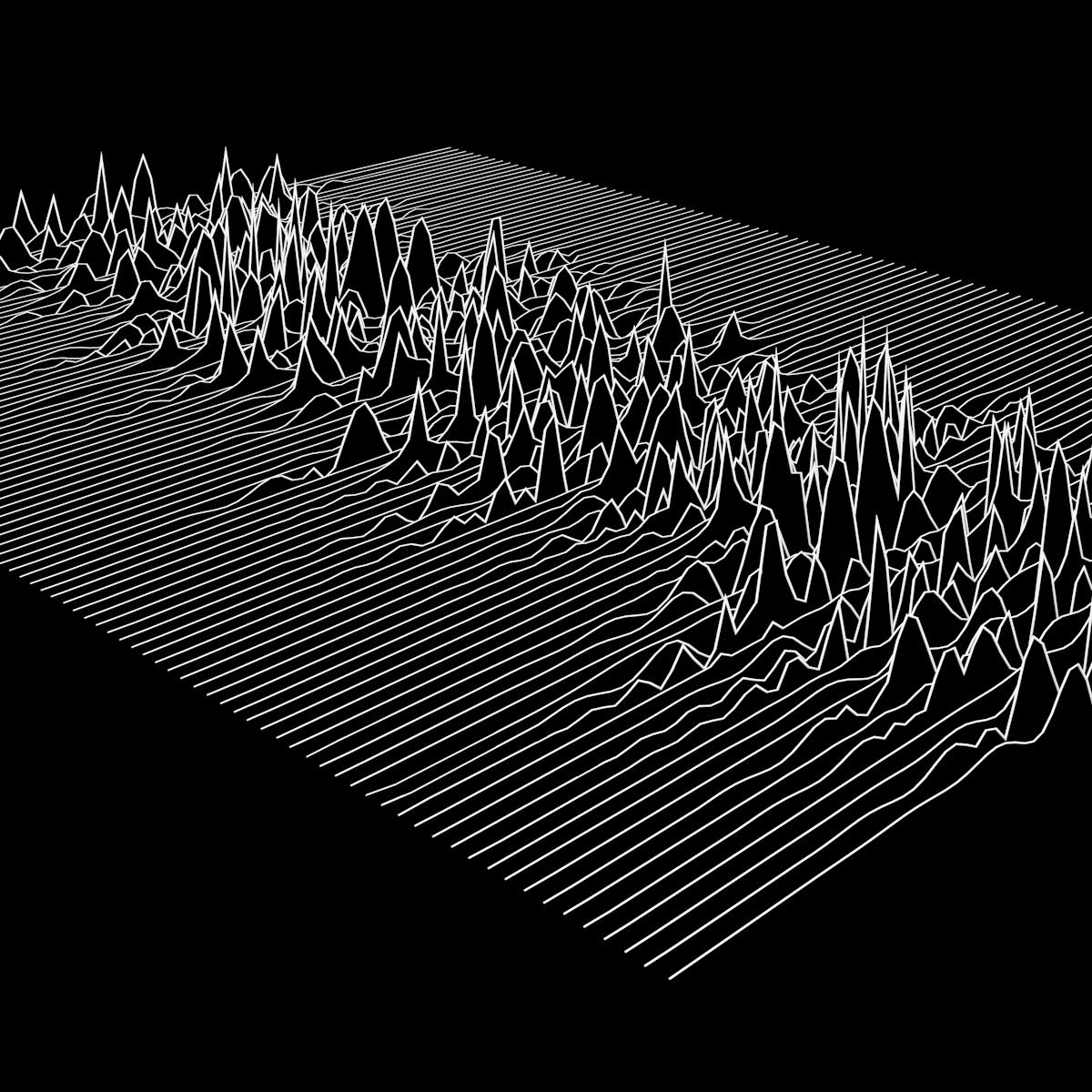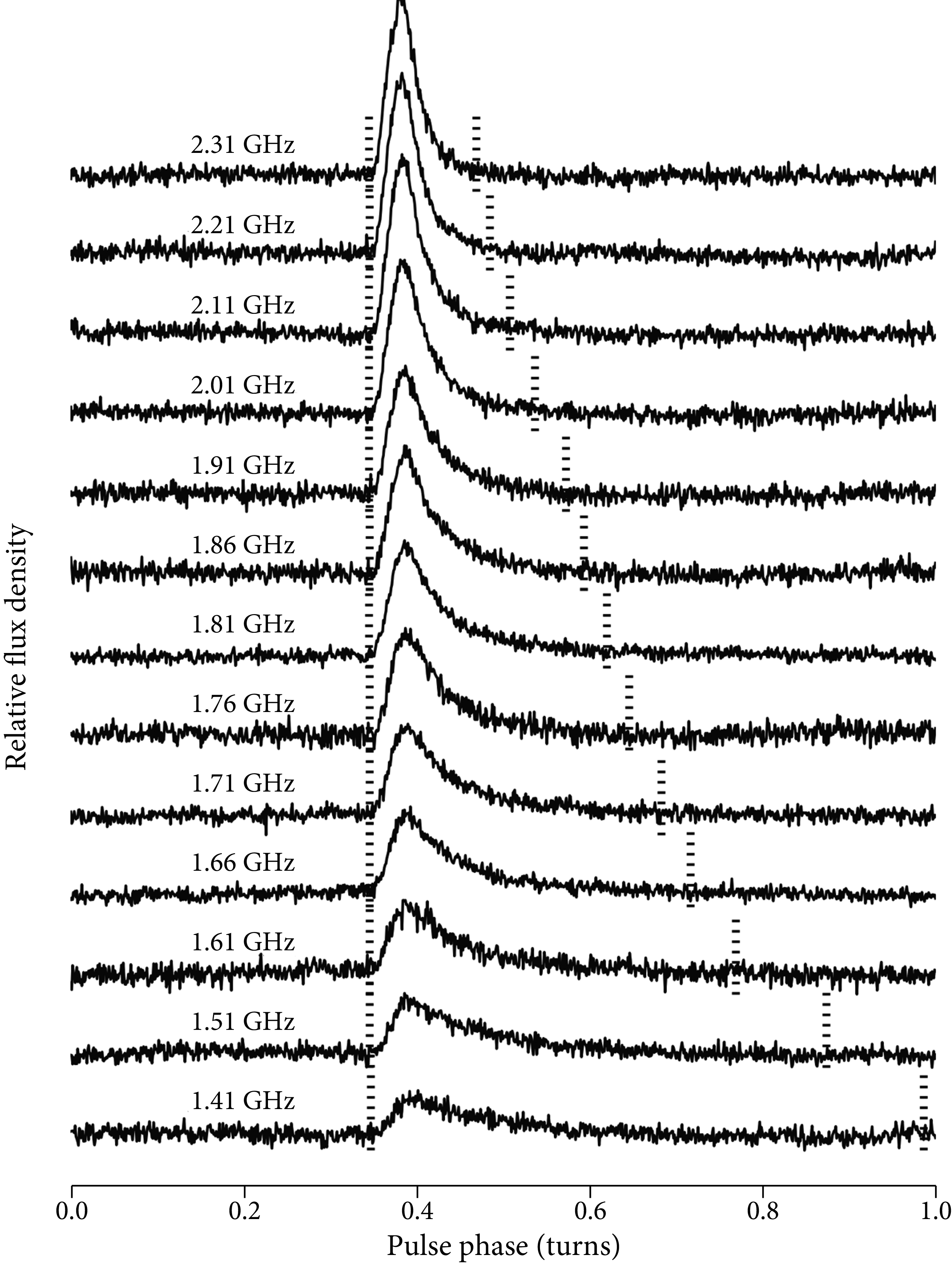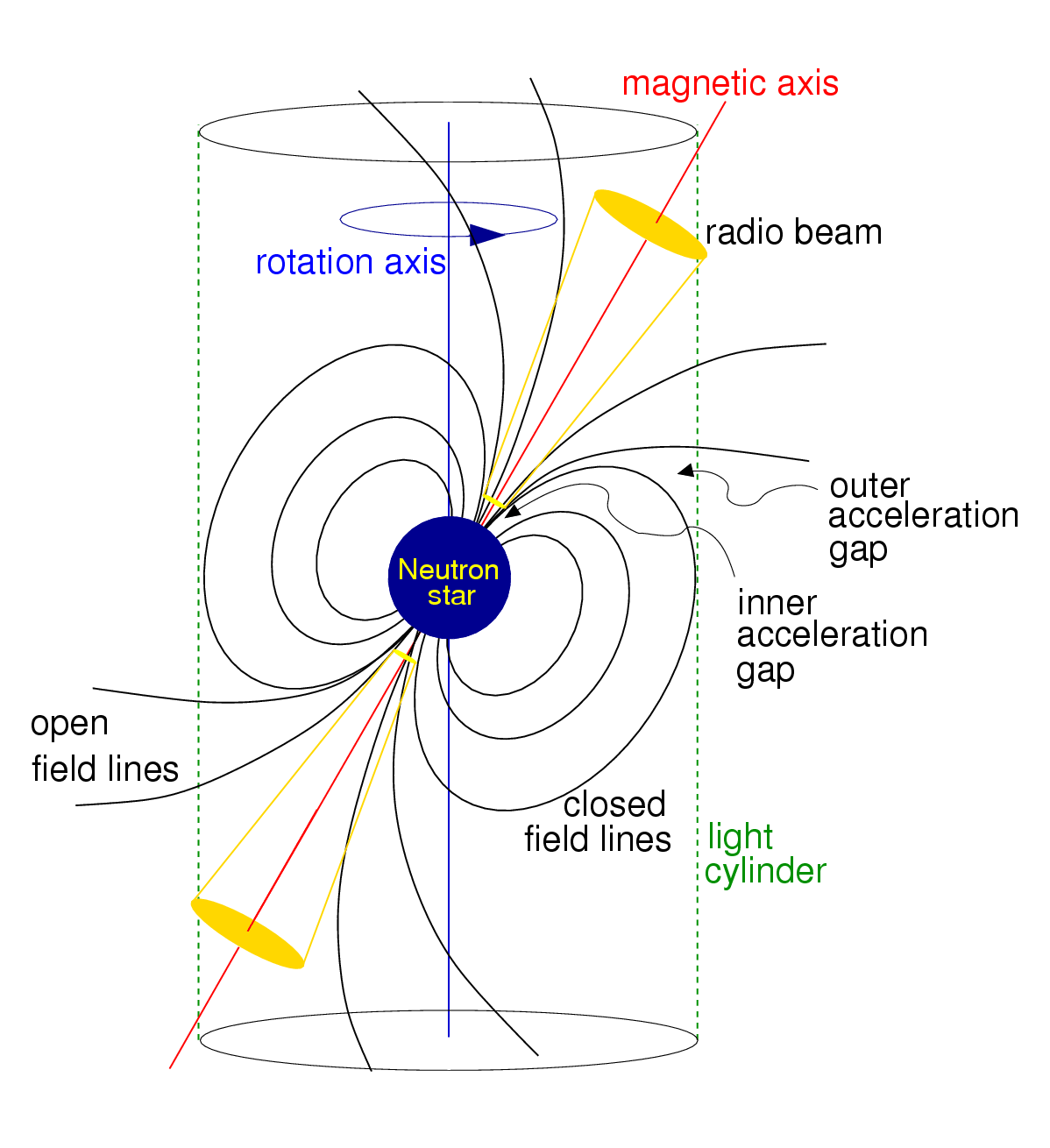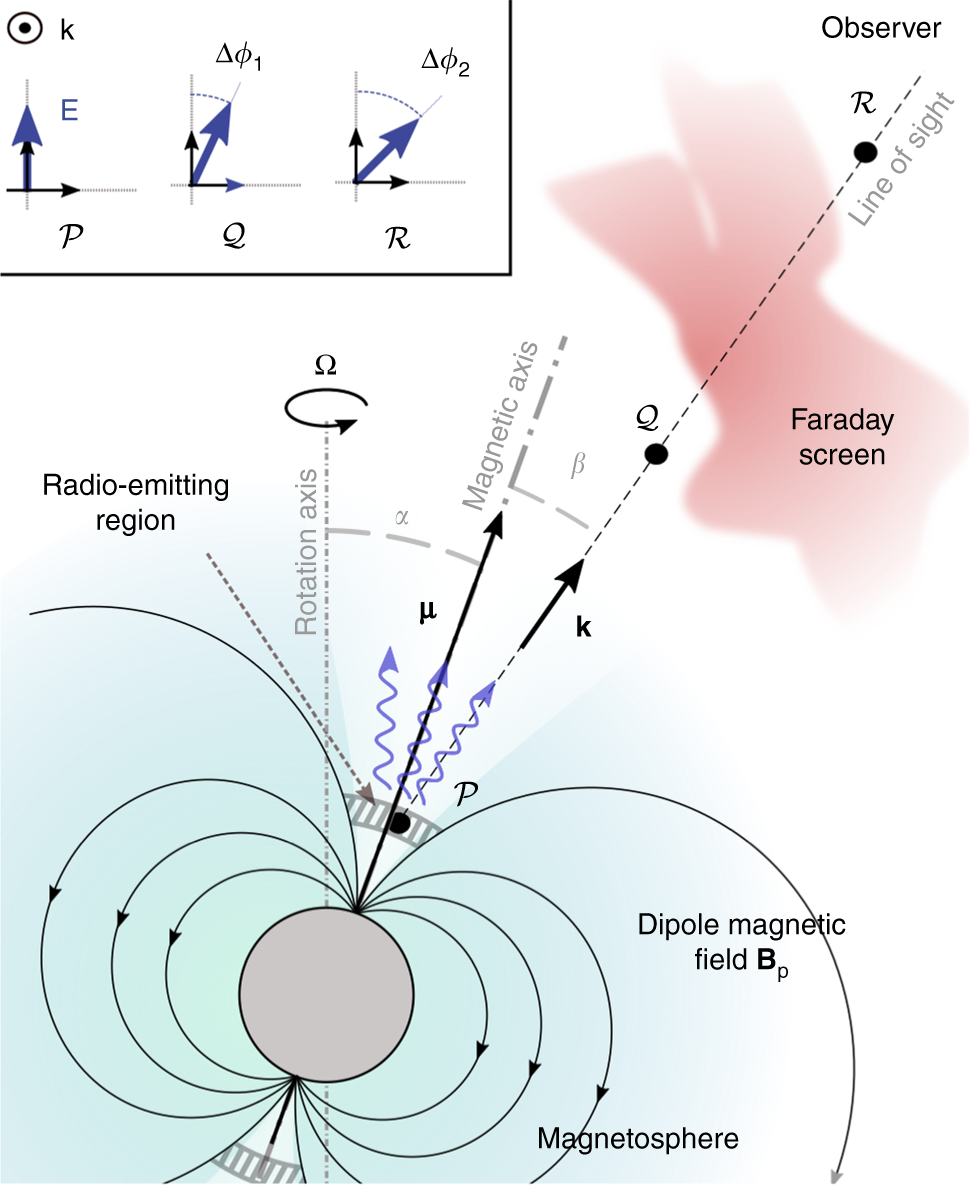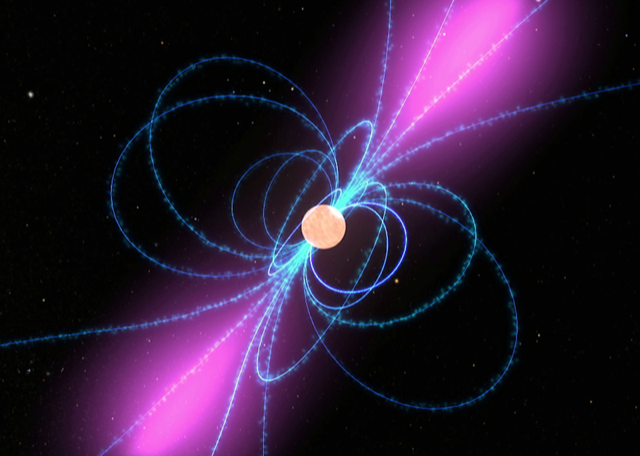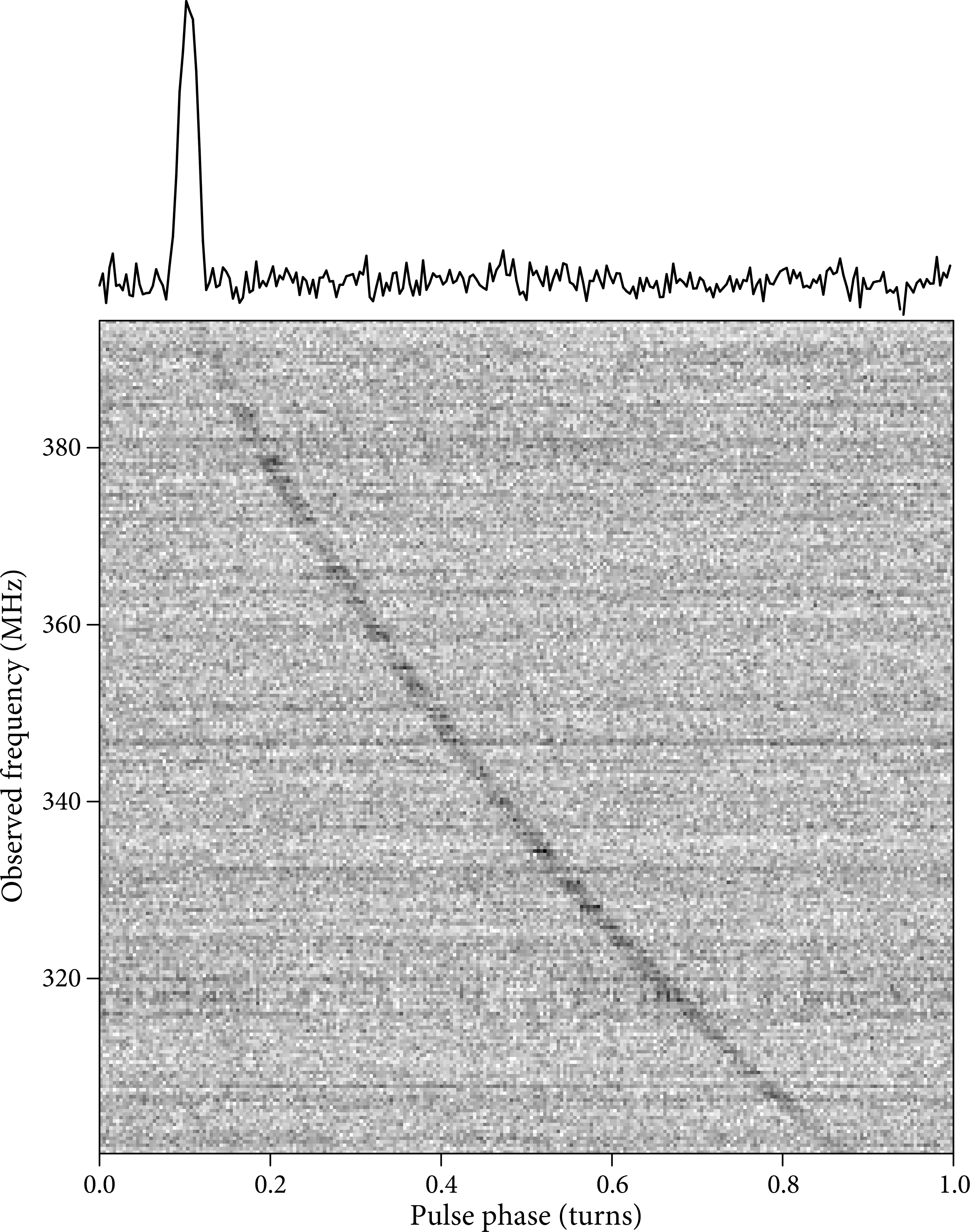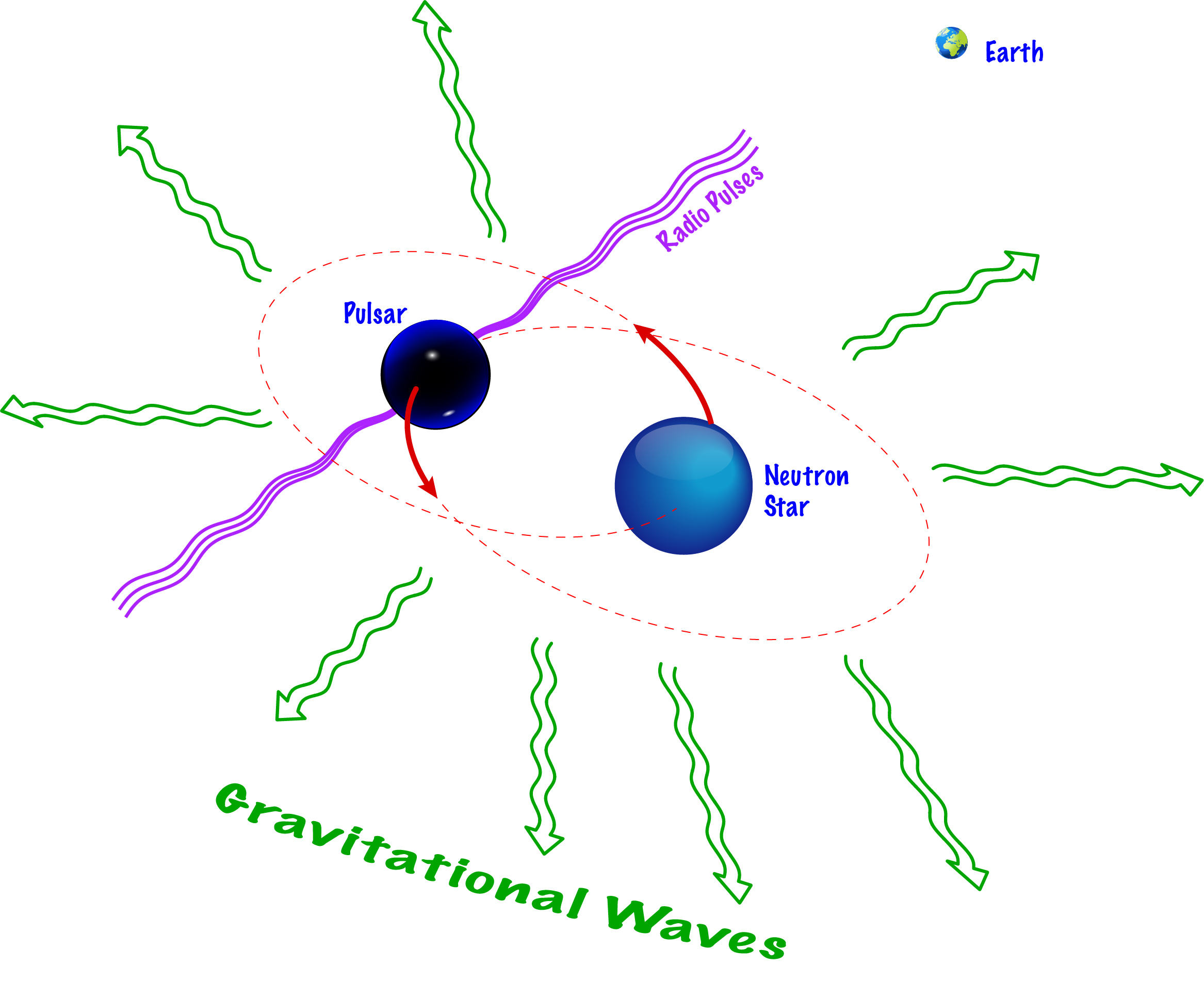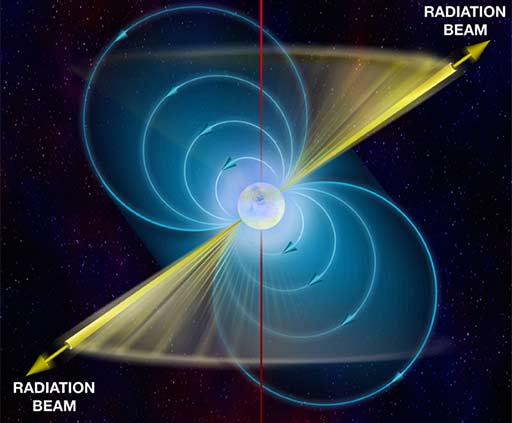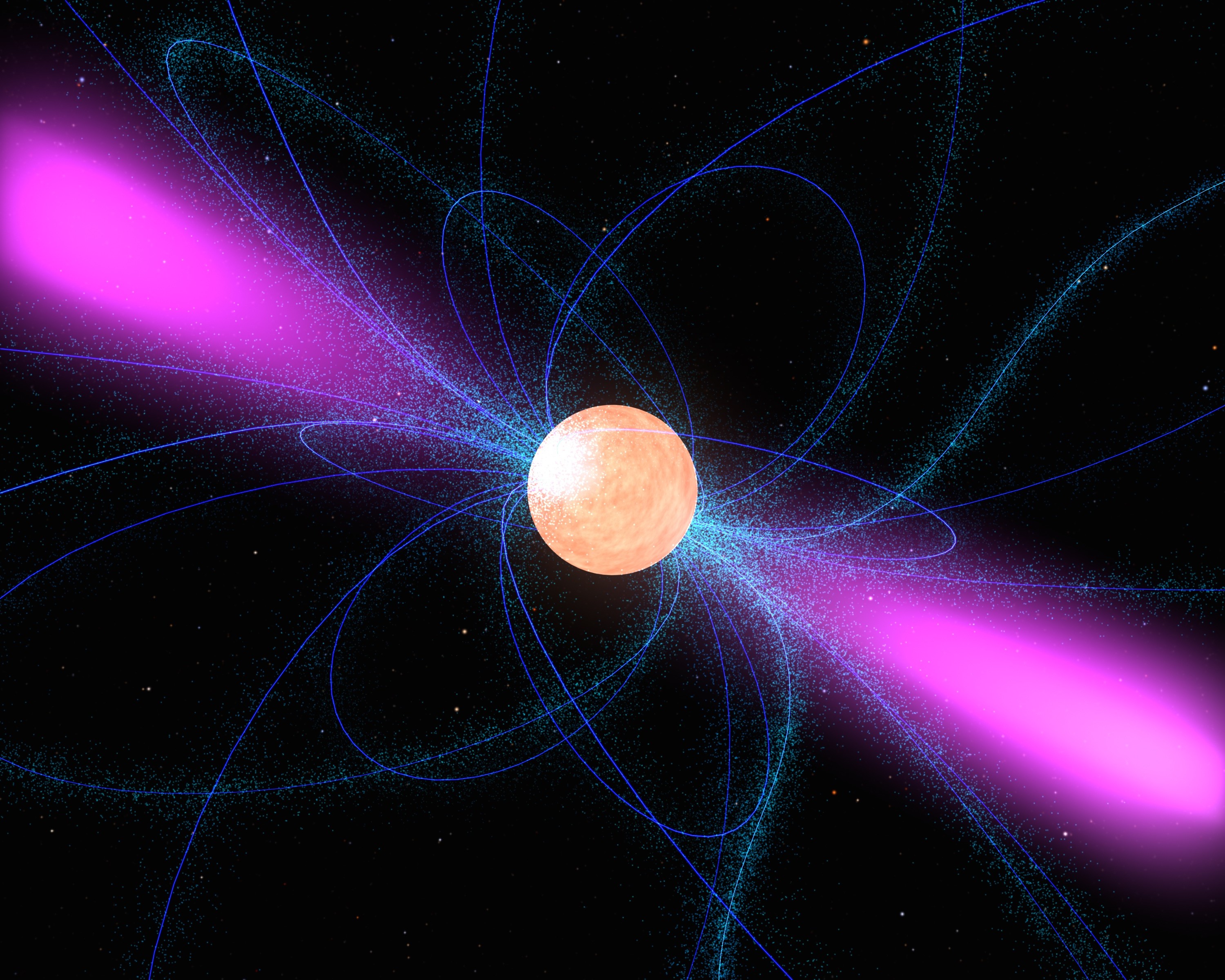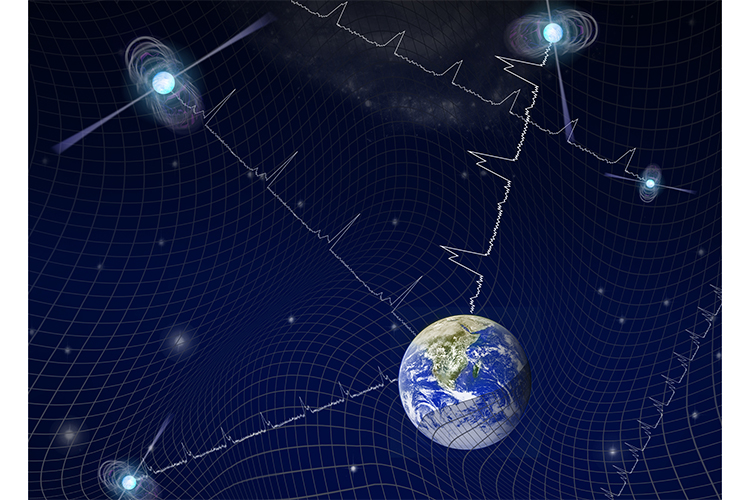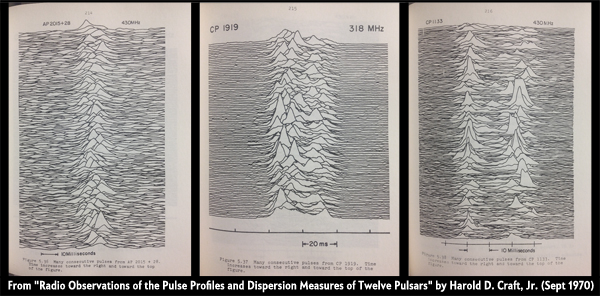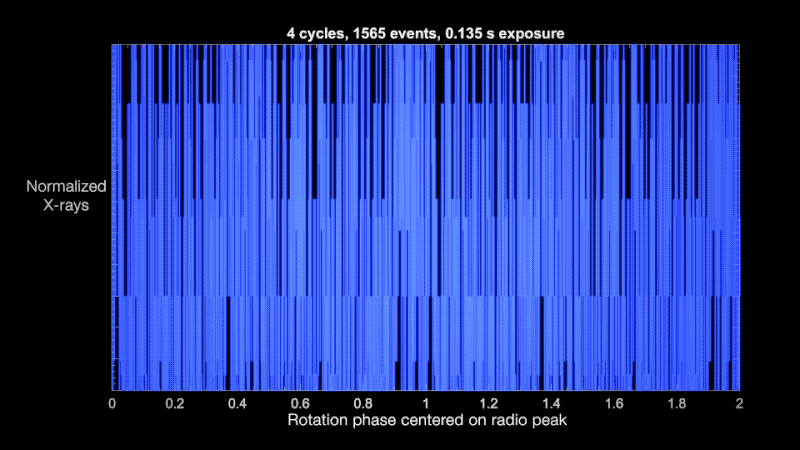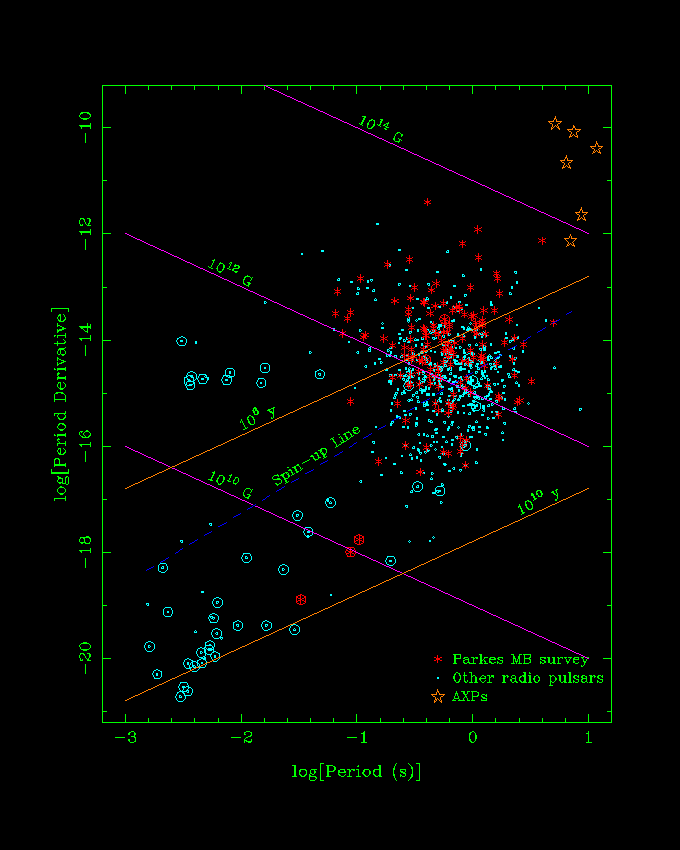
Radio Pulsars – An Overview R. N. Manchester CSIRO Astronomy and Space Science Sydney Australia Summary Pulsar origins and discovery Basic pulsar timing. - ppt download

The pulsar radio wave signal is generated in the region of neutron star... | Download Scientific Diagram

Pop Culture Pulsar: The Science Behind Joy Division's Unknown Pleasures Album Cover - Scientific American Blog Network
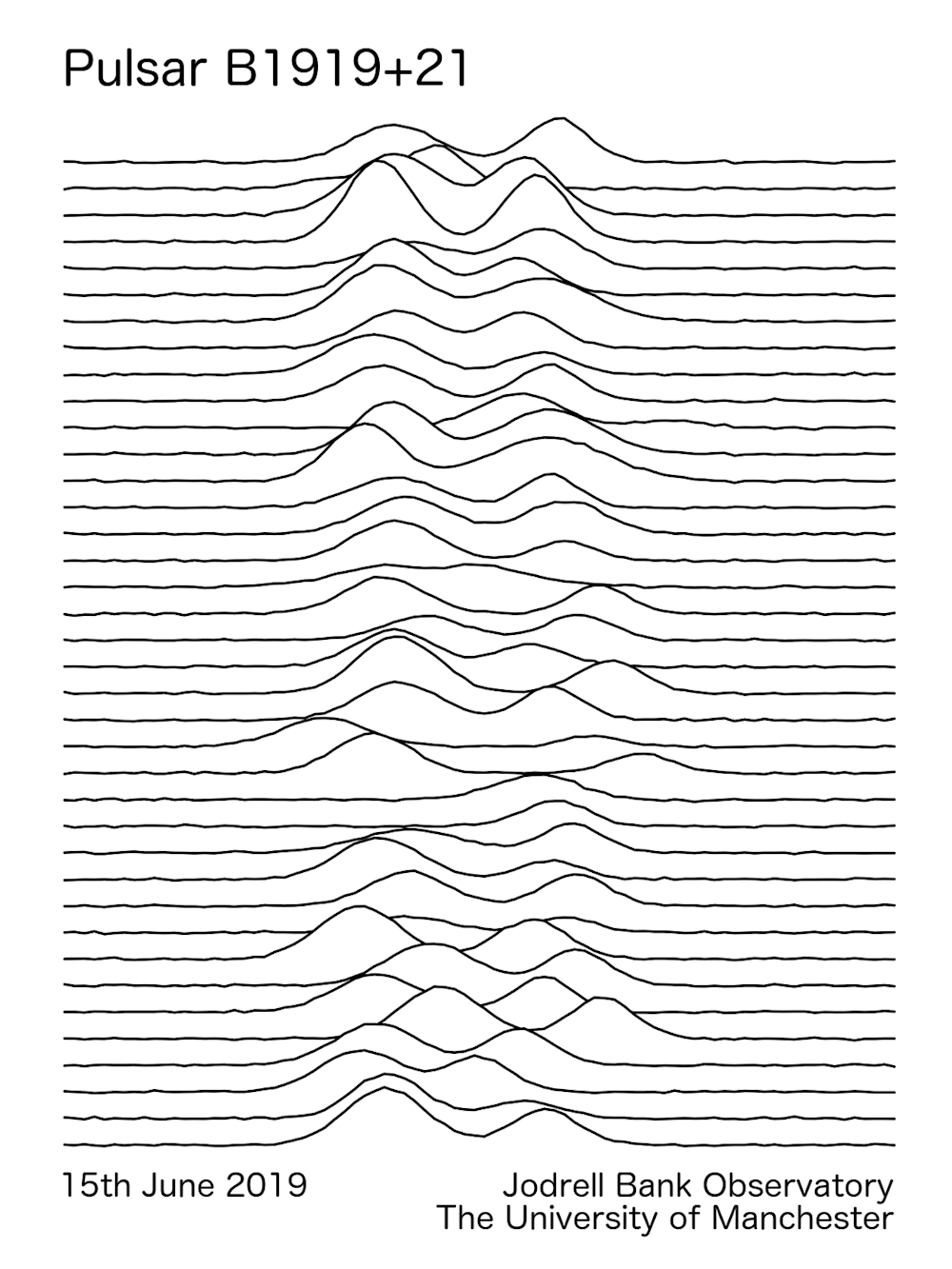
Joy Division: 40 years on from 'Unknown Pleasures', astronomers have revisited the pulsar from the iconic album cover

The Pulsar Chart That Became a Pop Icon Turns 50: Joy Division's Unknown Pleasures - Scientific American
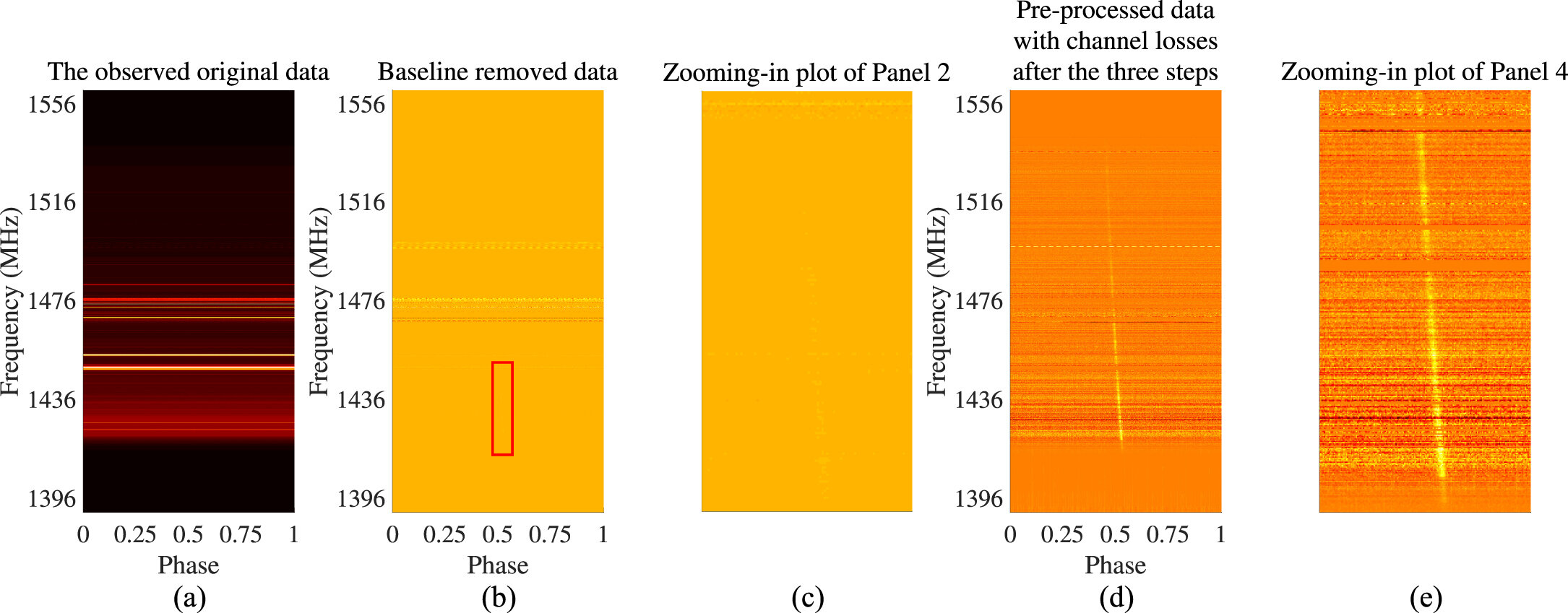
Proposed method for radio-frequency interference mitigation and signal restoration of pulsar signals

Pop Culture Pulsar: The Science Behind Joy Division's Unknown Pleasures Album Cover - Scientific American Blog Network

Pop Culture Pulsar: The Science Behind Joy Division's Unknown Pleasures Album Cover - Scientific American Blog Network
